A Traveler’s Guide to Zishou Temple: Insights and Highlights
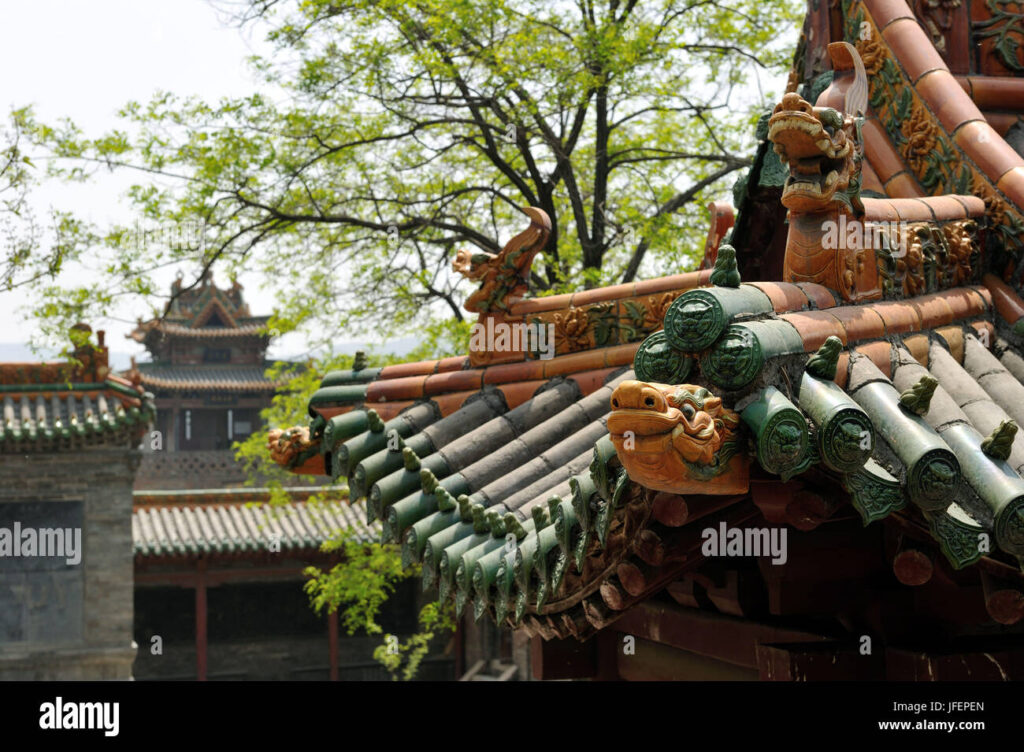
An Essential Guide to Visiting Zishou Temple
In This Guide
- An Essential Guide to Visiting Zishou Temple
- The Rich History and Legends of Zishou Temple
- Main Highlights: What You Absolutely Can’t Miss
- Planning Your Visit: A Practical Guide
- Tickets: Prices, Booking, and Tips
- How to Get There: A Complete Transportation Guide
- Local Cuisine and Accommodation Nearby
- Frequently Asked Questions
- Final Thoughts on Your Trip
Nestled in the serene beauty of Suxi Village, just a stone’s throw from the historic Pingyao Ancient Town, Zishou Temple (资寿寺) stands as a testament to over a millennium of Chinese Buddhist heritage. Built more than 1,100 years ago, this temple complex sprawls across 15,000 square meters, comprising 15 intricately designed halls and buildings that invite visitors to explore its rich spiritual and artistic legacy.
As you step into the temple grounds, you are greeted by a harmonious blend of spirituality and artistry. Zishou Temple is renowned for its exquisite colored statues, particularly the stunning representations of the eighteen disciples of Buddha. These vibrant figures, along with the impressive Ming Dynasty frescoes, create a visual feast that captivates the senses and transports you into a world where art meets devotion.
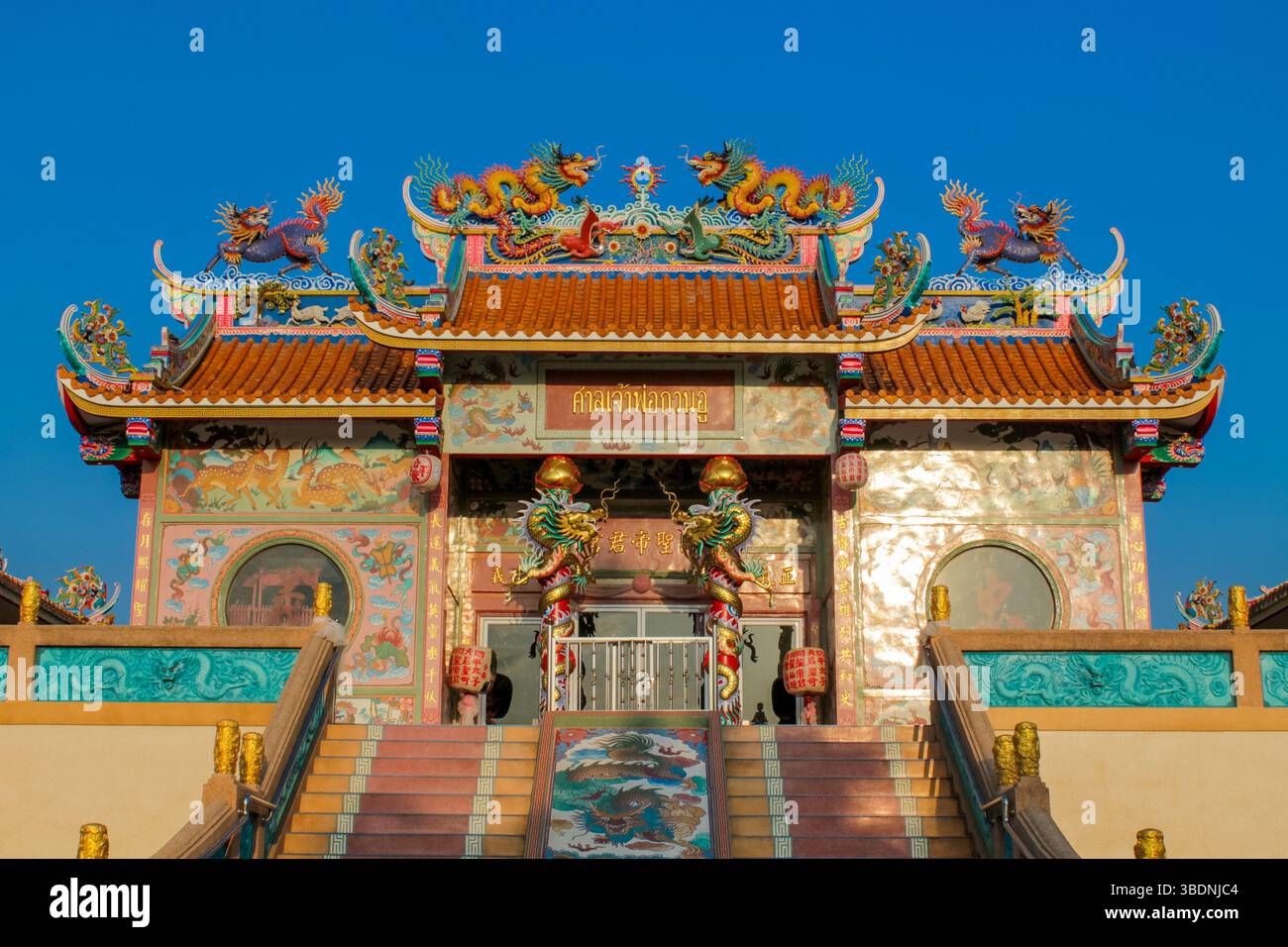
Zishou Temple.
The name “Zishou” translates to “ensuring the longevity of all creatures,” reflecting the temple’s deep-rooted commitment to Buddhist worship and community ceremonies that have flourished since its inception. Recognized as a National Cultural Relic Preservation Unit since 2001, Zishou Temple is not only a site of religious significance but also a cultural treasure included in the “Dictionary of Scenic Spots in China.”
For international travelers eager to dive into the depths of Chinese history and culture, Zishou Temple offers a unique opportunity to witness the artistry of ancient craftsmanship and engage with the serene atmosphere of a living religious site. Whether you seek spiritual enlightenment, aesthetic inspiration, or simply a peaceful retreat from the bustle of modern life, Zishou Temple is an essential stop on your journey through China’s rich tapestry of heritage.
The Rich History and Legends of Zishou Temple
Zishou Temple, nestled in the picturesque Suxi Village near the historic Pingyao Ancient Town, boasts a rich tapestry of history and legends that date back over 1,100 years. This ancient Buddhist site is not just a temple; it is a living testament to the cultural and spiritual evolution of the region, drawing visitors from around the globe who seek to connect with its storied past.

Zishou Temple.
A Glimpse into History
Originally established during the Tang Dynasty, Zishou Temple has withstood the test of time, evolving through various dynasties, including the Song, Yuan, Ming, and Qing. Spanning an impressive 15,000 square meters, the temple complex comprises 15 distinct halls and buildings, each adorned with intricate architecture and artwork.
-
Cultural Significance: The name “Zishou” translates to “ensuring the longevity of all creatures,” reflecting the temple’s dedication to the preservation of life and spiritual enlightenment. This focus is embodied in the temple’s vibrant atmosphere, where public worship and ceremonies have flourished for centuries.
-
Artistic Heritage: The temple is particularly renowned for its magnificent Ming Dynasty frescoes and the colorful sculptures of the eighteen Buddhist Saints, which captivate the imagination of all who visit. The extraordinary craftsmanship of these artworks not only showcases the artistic achievements of the era but also serves as a visual narrative of Buddhist teachings.
Legends that Resonate
Zishou Temple is steeped in legends that enhance its historical allure. One popular tale speaks of a wandering monk who, upon discovering the tranquil beauty of Suxi Village, decided to establish a sanctuary for those seeking solace and wisdom. It is said that the monk, who possessed extraordinary spiritual insights, infused the temple grounds with a powerful aura of peace and reflection, making it a sacred site for devotees.
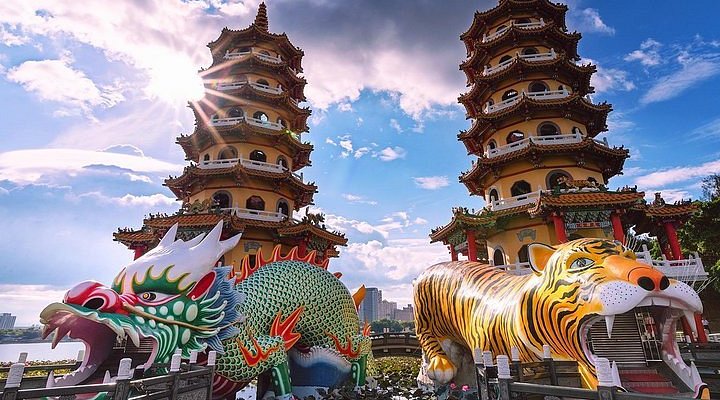
Zishou Temple.
Another legend tells of the temple’s connection to the famous Eighteen Arhats, revered figures in Buddhism who represent the ideal of enlightenment. Locals believe that the presence of these figures in the temple serves as a guide for pilgrims, leading them on their spiritual journeys and imparting wisdom to those who seek it.
Recognition and Preservation
Zishou Temple’s cultural significance has not gone unnoticed. In 2001, it was designated as a National Cultural Relic Preservation Unit, a recognition that underscores its historical value and importance to Chinese heritage. This honor has paved the way for ongoing preservation efforts, ensuring that future generations can experience the temple’s beauty and reverence.
Visiting Today
Today, Zishou Temple stands as a serene oasis, inviting visitors to explore its magnificent halls and immerse themselves in its rich history. While photography is restricted within the temple, the experience of witnessing the exquisite wooden statues and the evocative murals up close is undoubtedly worth the journey.
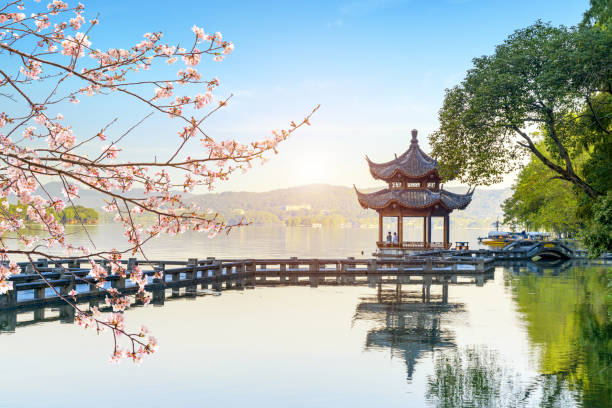
Zishou Temple.
For those with an appreciation for history, culture, and spiritual exploration, Zishou Temple offers a unique glimpse into the heart of Chinese Buddhism and the enduring legacy of its artistic and spiritual traditions. Whether you are a lifelong practitioner or a curious traveler, the temple’s serene environment and storied past promise an enriching experience that lingers long after you depart.
Main Highlights: What You Absolutely Can’t Miss
Discover the Enchantment of Zishou Temple
Nestled near the historic Pingyao Ancient Town, Zishou Temple is a hidden gem that beckons travelers with its rich history and exquisite artistry. With over 1,100 years of history, this Buddhist temple is not just a place of worship, but also a repository of Chinese culture and art. Here’s what you absolutely can’t miss during your visit.
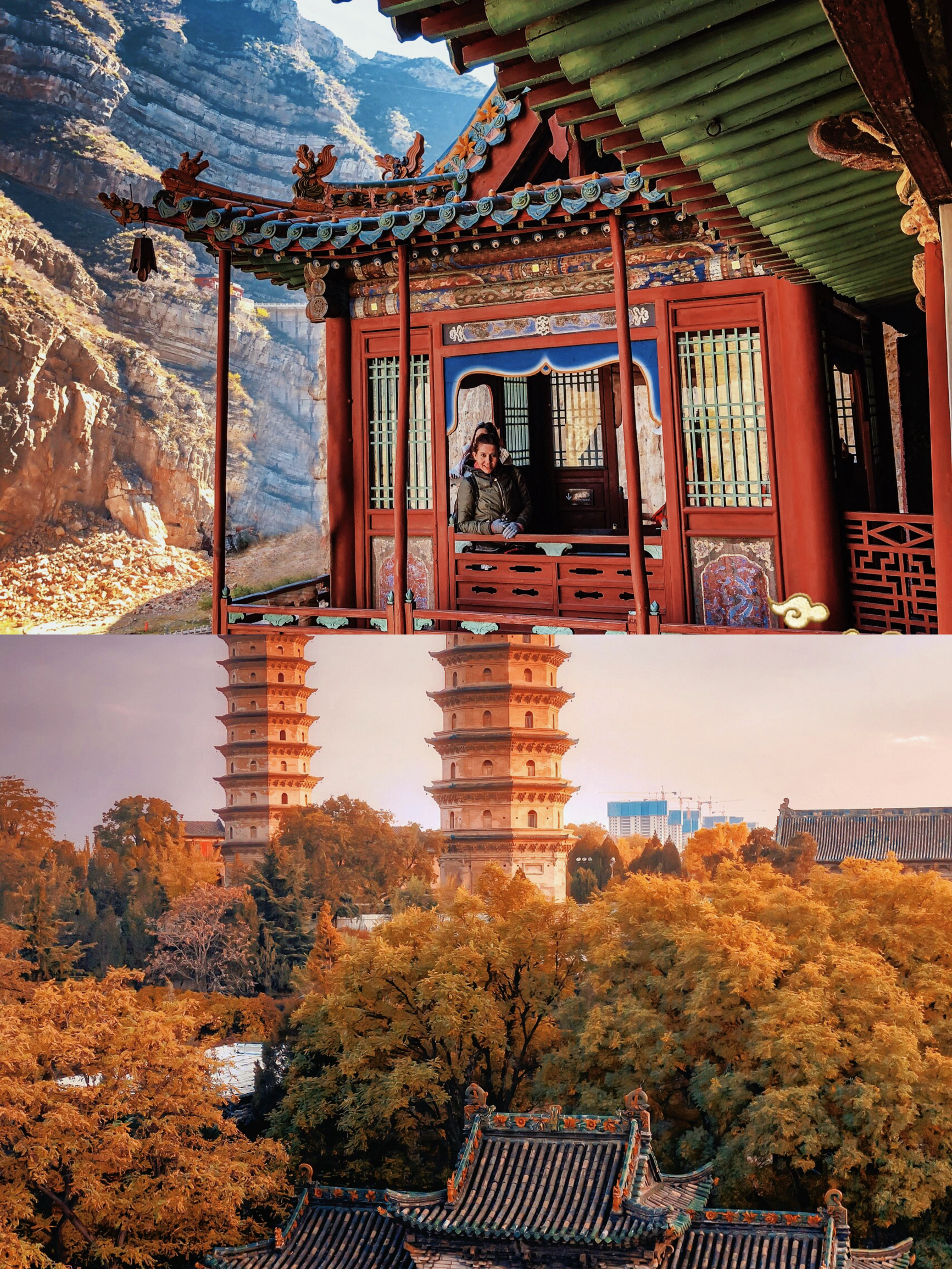
Zishou Temple.
1. Architectural Marvels
The temple spans an impressive 15,000 square meters and consists of 15 distinct halls and buildings. Each structure is steeped in architectural significance, showcasing traditional Chinese design elements. Key highlights include:
- Buddhist Hall Courtyard: A serene space where you can immerse yourself in the temple’s spiritual ambiance.
- Buddhist Abbot’s Courtyard: A glimpse into the living quarters of the monks who once resided here.
- Bell and Drum Building: Standing as a testament to ancient rituals, this building houses the tools that have marked ceremonial events for centuries.
2. Stunning Frescoes and Statues
Zishou Temple is renowned for its Ming Dynasty frescoes and colorful sculptures, particularly the intricate representations of the Eighteen Disciples of Buddha. These artworks not only depict religious themes but also reflect the artistic trends of their time, making them invaluable to the study of Chinese cultural history.
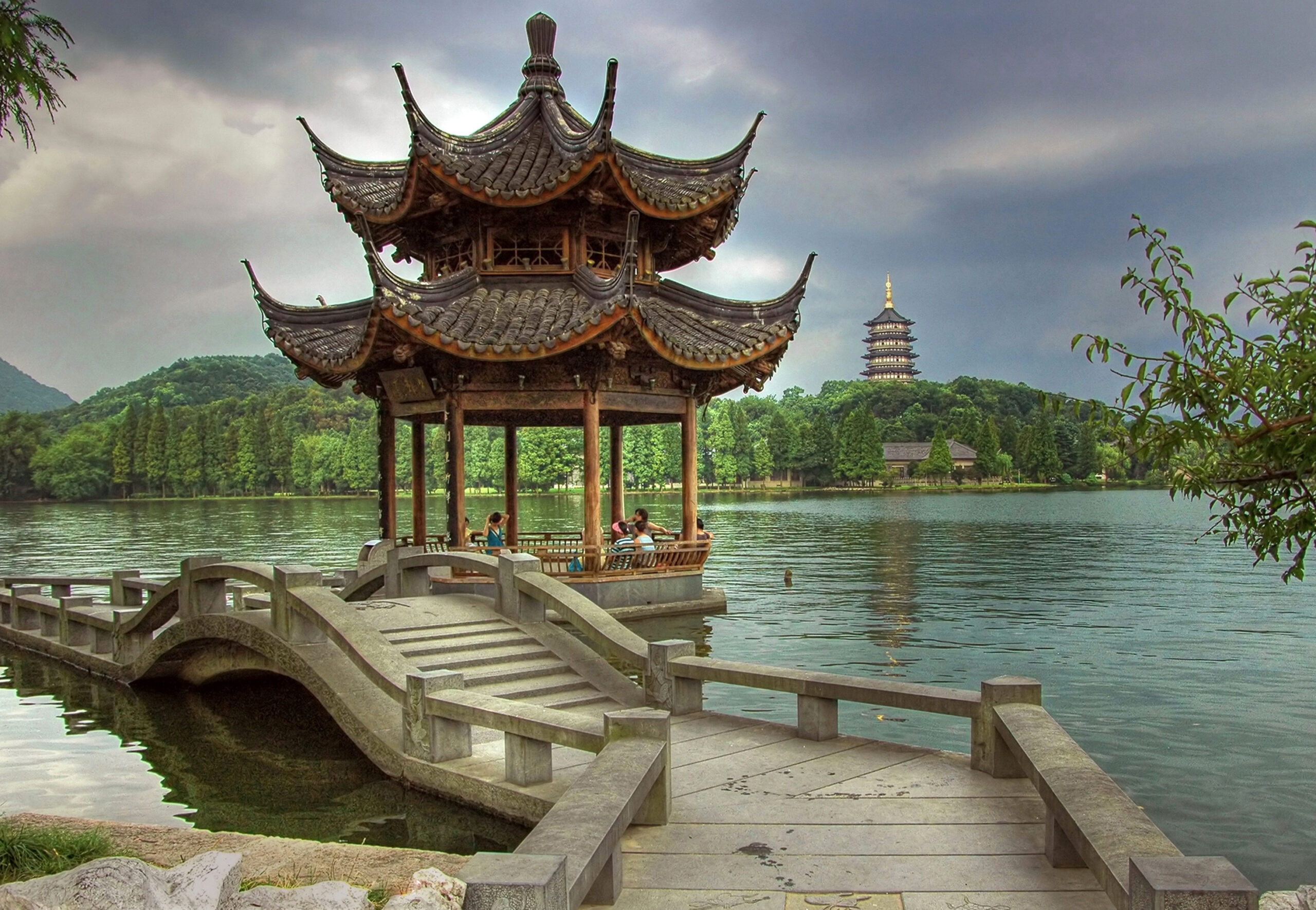
Zishou Temple.
- Ming Dynasty Frescoes: These murals are a feast for the eyes, featuring vibrant colors and intricate designs that narrate stories from Buddhist lore.
- Wooden Statues: The temple boasts rare wooden sculptures that are both beautiful and significant, capturing the essence of Buddhist teachings.
3. Cultural Significance
The name “Zishou” translates to “ensuring the longevity of all creatures,” symbolizing the temple’s mission to promote peace and spiritual well-being. Since ancient times, it has been a hub for public Buddhist worship and ceremonies, allowing visitors to experience the living traditions of Buddhism in China.
4. A Peaceful Retreat
Unlike some of the more tourist-heavy attractions in China, Zishou Temple offers a tranquil environment that encourages reflection and contemplation. The relatively low foot traffic allows for a peaceful exploration of its grounds, making it an ideal spot for those seeking a break from bustling city life.
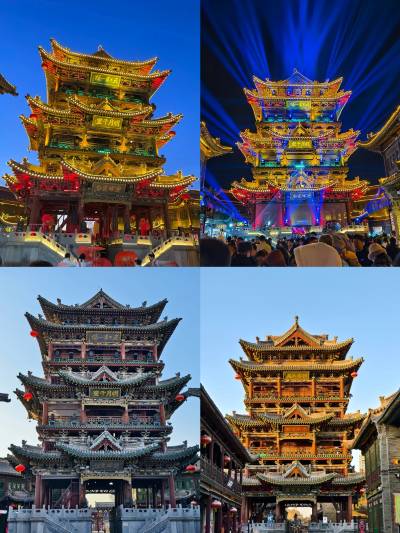
Zishou Temple.
5. Noteworthy Recognition
In 2001, Zishou Temple was designated a National Cultural Relic Preservation Unit, a testament to its historical and cultural importance. It has also been included in the “Dictionary of Scenic Spots in China,” affirming its status as a must-visit destination for those interested in Chinese heritage.
Tips for Visiting
- Respectful Attire: As a place of worship, visitors should dress modestly and respectfully.
- Photography Restrictions: Note that photography may not be permitted in certain areas to preserve the sanctity of the temple.
- Guided Tours: Consider joining a guided tour to gain deeper insights into the temple’s history and significance.
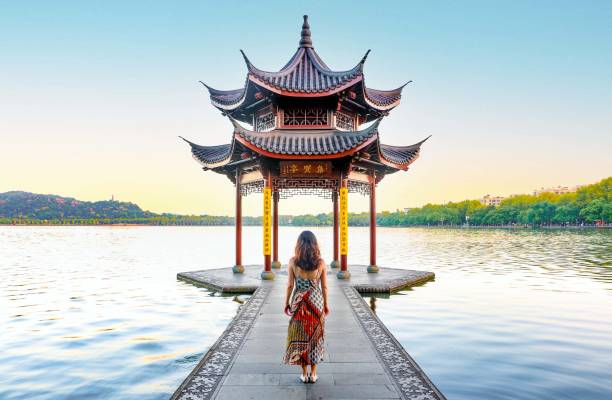
Zishou Temple.
Visiting Zishou Temple is not just about witnessing architectural beauty and artistic marvels; it’s about stepping into a world that has preserved the essence of Chinese culture and spirituality for over a millennium. Make sure to include this awe-inspiring destination on your itinerary when exploring the rich tapestry of Shanxi Province.
Planning Your Visit: A Practical Guide
Preparing for Your Journey to Zishou Temple
Zishou Temple (资寿寺), a hidden gem nestled in the tranquil Suxi Village near Pingyao Ancient Town, offers an exquisite glimpse into China’s rich religious and artistic heritage. With over 1,100 years of history, this Buddhist temple is renowned for its colorful statues and magnificent Ming Dynasty frescoes. Here’s everything you need to know to plan your visit.
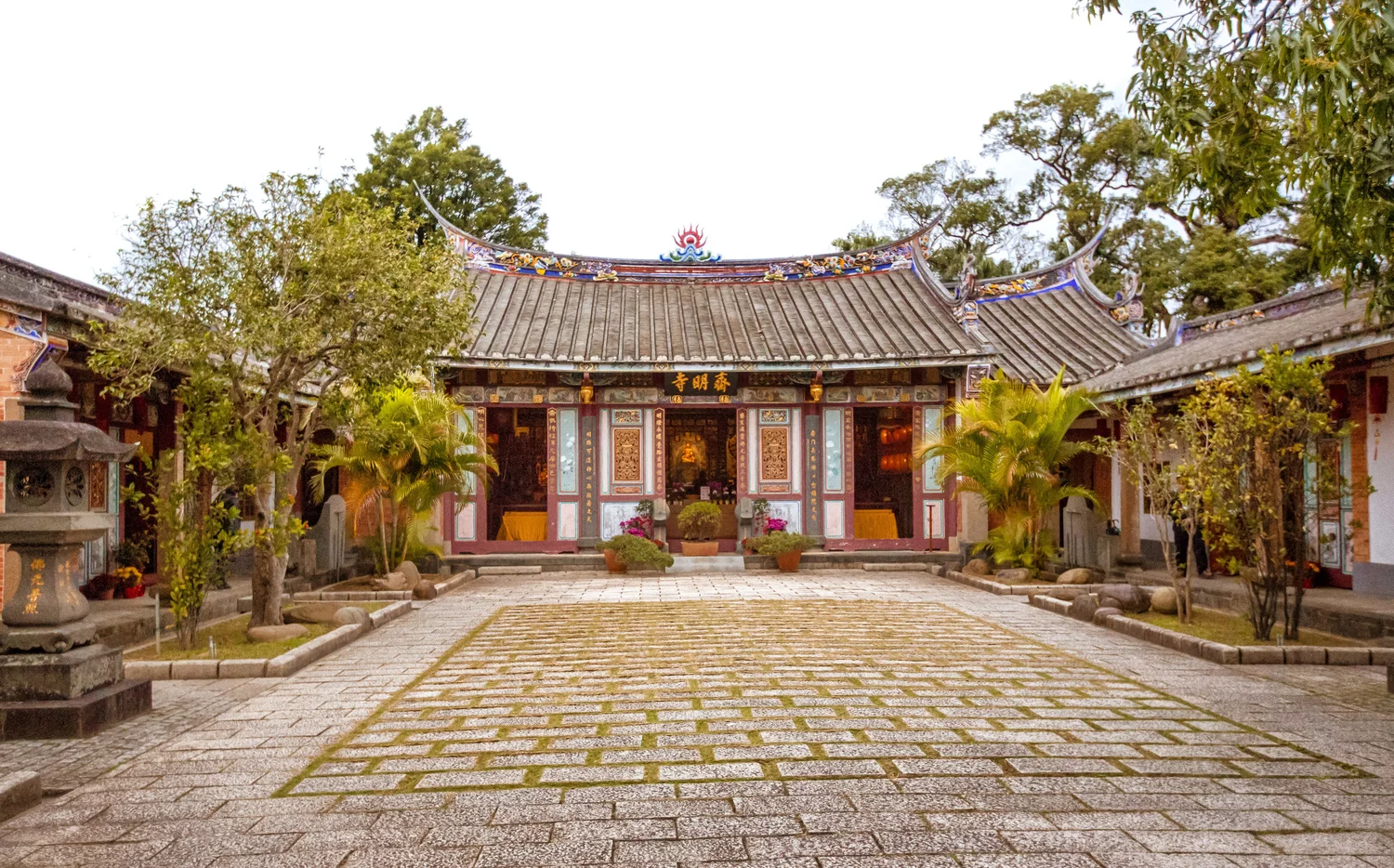
Zishou Temple.
Getting There
Location:
Zishou Temple is located in Lingshi County, Jinzhong, Shanxi Province. It is approximately 10 kilometers from the bustling Pingyao Ancient Town.
Transportation Options:

Zishou Temple.
- By Train: Take a train to Pingyao Railway Station. From there, you can hire a taxi or take a local bus to Suxi Village.
- By Car: If you’re driving, use GPS for the best routes. The temple is well-signposted once you near Pingyao.
- Local Tours: Many tour companies in Pingyao offer packages that include visits to Zishou Temple along with other nearby attractions.
Opening Hours
Zishou Temple is generally open to visitors from 8:00 AM to 5:00 PM daily. However, it’s advisable to check ahead for any variations, especially during public holidays or special events.
Admission Fees
The entrance fee for Zishou Temple is typically around 20 RMB. This small fee contributes to the preservation of the temple and its remarkable artworks.
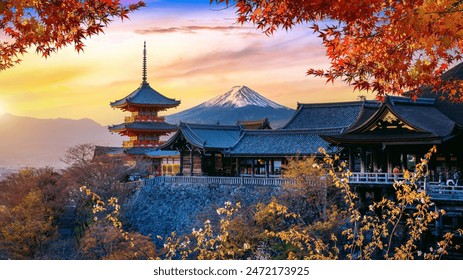
Zishou Temple.
What to Expect
Zishou Temple spans an impressive 15,000 square meters and consists of 15 halls and buildings. Here are some highlights you shouldn’t miss:
- Buddhist Hall Courtyard: The heart of the temple, where you can experience the serene atmosphere and see worshippers engaging in prayer.
- Bell and Drum Building: A beautiful structure that was traditionally used to mark the hours and call monks to worship.
- Classics Collection Buildings: Houses ancient texts and artifacts, offering insight into Buddhist teachings and history.
- Exquisite Statues: Particularly famous are the colorful statues of the eighteen disciples of Buddha and the stunning Ming Dynasty frescoes, which truly showcase the artistic brilliance of the era.
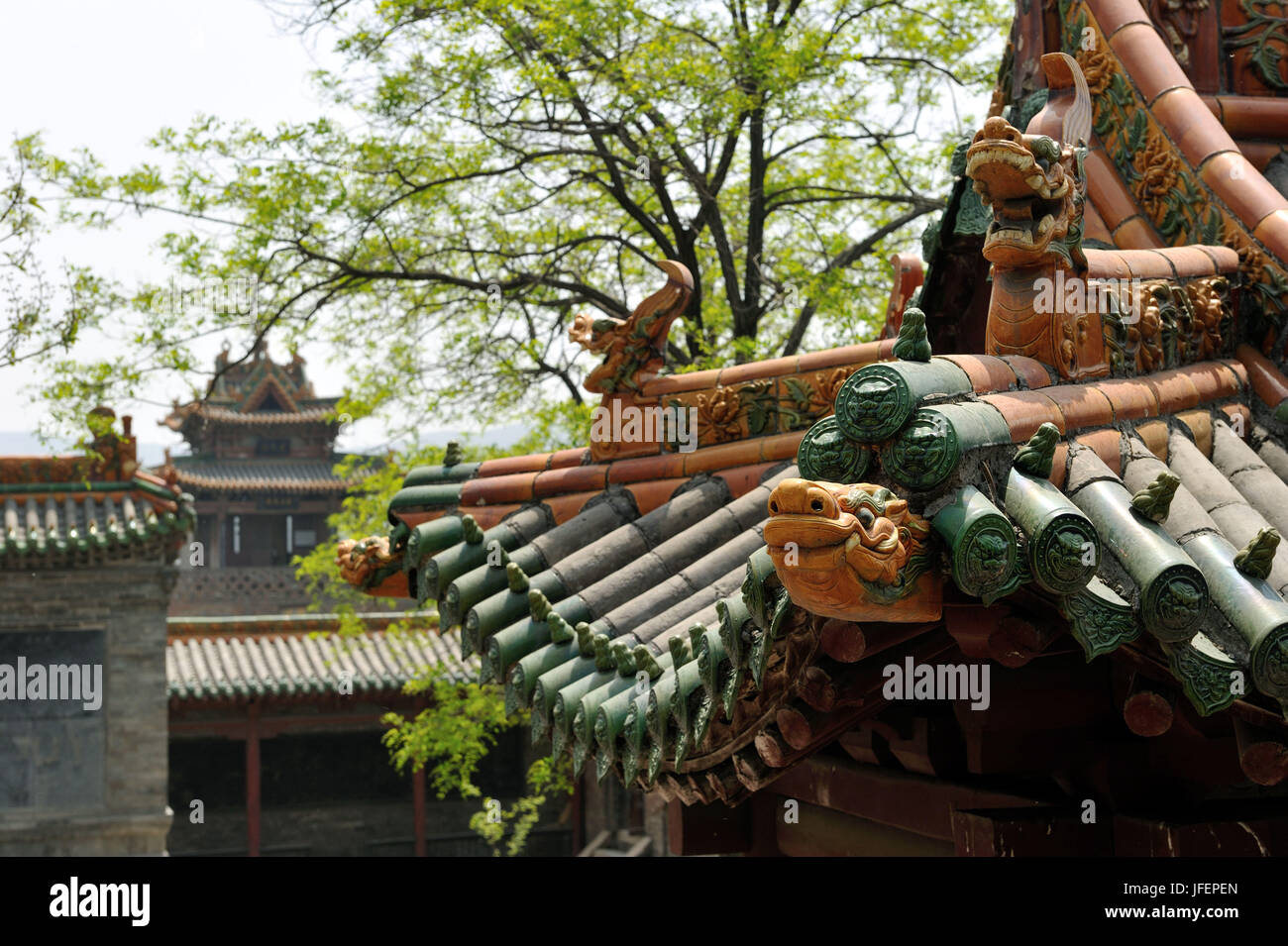
Zishou Temple.
Visitor Etiquette
- Respectful Behavior: As a place of worship, visitors are expected to maintain a respectful demeanor. Keep noise levels down, and refrain from interrupting ceremonies.
- Photography: While photography is generally restricted inside the temple, you can capture the breathtaking architecture and surroundings outside. Always ask for permission if unsure.
- Dress Code: Modest attire is recommended. Covering shoulders and knees is both respectful and in keeping with the temple’s atmosphere.
Nearby Attractions
After visiting Zishou Temple, consider exploring other local sites:
- Pingyao Ancient Town: A UNESCO World Heritage site known for its well-preserved traditional architecture and rich history.
- Shuanglin Temple: Famous for its colorful clay statues, this temple is often referred to as a “pinnacle of clay sculpture.”
- Wutai Mountain: A bit further afield, this sacred Buddhist mountain is home to numerous temples and stunning natural scenery.
Accommodations and Dining
Where to Stay:
– Pingyao Ancient Town offers a range of accommodations from boutique hotels to traditional courtyard guesthouses, providing easy access to the ancient city and Zishou Temple.
Dining Options:
– Enjoy local Shanxi cuisine, particularly the famous Pingyao beef. There are numerous restaurants in Pingyao Ancient Town that cater to various tastes and budgets.
Conclusion
Zishou Temple is not just a destination; it’s an immersive experience into the heart of Chinese culture and spirituality. Prepare your itinerary to ensure you make the most of your visit, and indulge in the serene beauty and rich history of this remarkable temple. Your journey to Zishou Temple promises to be both enriching and unforgettable.
Tickets: Prices, Booking, and Tips
Exploring Zishou Temple: Ticketing and Travel Tips
Visiting Zishou Temple (资寿寺) is a unique opportunity to immerse yourself in over a millennium of history and culture. Nestled near the ancient town of Pingyao, this temple is not only a site of religious significance but also a treasure trove of exquisite art and architecture. Below is everything you need to know about tickets, booking, and tips for your visit.
Ticket Information
-
Admission Fee: As of the latest updates, the entrance fee to Zishou Temple is approximately RMB 30 (about $4.50 USD). This nominal fee grants you access to the temple grounds and its impressive collection of Ming Dynasty frescoes and colorful sculptures.
-
Opening Hours: The temple is typically open from 8:00 AM to 6:00 PM. However, it is advisable to check local listings or confirm with your accommodation, as hours may vary during holidays or special events.
Booking Your Visit
-
Advance Booking: While tickets can often be purchased at the entrance, for a more seamless experience, consider booking your tickets in advance through local tour operators or online travel agencies. This can also help you avoid potential queues during peak tourist seasons.
-
Guided Tours: To enrich your visit, consider joining a guided tour. These tours often provide deeper insights into the temple’s history, architecture, and the significance of the artworks. Many local companies offer packages that include Zishou Temple alongside other nearby attractions.
Travel Tips
-
Photography Policy: Please note that photography is generally not allowed inside the temple to preserve the integrity of the artworks. Instead, take the time to truly appreciate the intricate details of the murals and statues without the distraction of a lens.
-
Respectful Attire: As Zishou Temple is an active place of worship, dress modestly and respectfully. Comfortable walking shoes are recommended, as the temple grounds cover a significant area with various halls and courtyards to explore.
-
Plan Your Visit: To make the most of your trip, consider visiting Zishou Temple in the early morning or late afternoon for a quieter experience. This timing allows for peaceful contemplation and exploration of the serene environment.
-
Combine Your Visit: Zishou Temple is conveniently located near Pingyao Ancient Town, a UNESCO World Heritage site. Plan to spend additional time exploring the ancient streets, traditional architecture, and local shops to fully appreciate the rich cultural tapestry of the region.
-
Local Cuisine: Don’t miss the opportunity to taste Pingyao’s famous beef dishes, which are a highlight of the local culinary scene. Many restaurants in the ancient town offer delicious options to refuel after your visit.
By following these tips and understanding the ticketing process, your journey to Zishou Temple will be both enriching and enjoyable, allowing you to connect with the profound history and artistry that this remarkable site embodies.
How to Get There: A Complete Transportation Guide
Getting to Zishou Temple: A Comprehensive Transportation Guide
Visiting Zishou Temple (资寿寺) is a journey through time, offering an immersive experience into China’s rich cultural heritage and Buddhist traditions. Located in Suxi Village, near Pingyao Ancient Town, this temple is a must-see for history enthusiasts and spiritual seekers alike. Here’s how to navigate your way to this hidden gem.
By Air
Nearest Airport: The closest airport to Zishou Temple is Taiyuan Wusu International Airport (TYN), which is approximately 90 kilometers away.
Getting to Pingyao from the Airport:
1. Taxi: The most convenient option is to take a taxi directly from the airport to Pingyao, which typically takes about 1.5 hours. Expect to pay around 300-400 CNY (approximately $45-$60 USD).
2. Airport Shuttle: There are shuttle buses that connect the airport to Taiyuan city. From Taiyuan, you can catch a train or bus to Pingyao.
By Train
Train Services: Pingyao has a railway station offering both high-speed and regular trains from major cities.
- From Beijing: High-speed trains run regularly from Beijing West Railway Station to Pingyao, taking about 4-5 hours.
- From Xi’an: Trains from Xi’an North Railway Station to Pingyao take approximately 3-4 hours.
- From Taiyuan: A short train ride of about 1-1.5 hours will take you to Pingyao from Taiyuan.
Reaching Zishou Temple: Once in Pingyao, you can take a taxi or local bus to Suxi Village, which is about 10 kilometers away.
By Bus
Long-Distance Buses: Buses run frequently from various cities to Pingyao. You can find services from:
– Taiyuan: Direct buses depart from Taiyuan’s bus station and take about 1.5-2 hours.
– Xi’an: Buses from Xi’an are available, taking roughly 6-7 hours.
Local Transportation: After arriving in Pingyao, local buses or taxis can take you to Zishou Temple.
By Car
Driving Directions: If you prefer driving, rent a car in Taiyuan or Pingyao. The journey to Zishou Temple is straightforward:
1. From Taiyuan, take the G5 expressway towards Pingyao.
2. Follow local signs to Pingyao Ancient Town, and then to Suxi Village.
Parking: Zishou Temple has parking facilities for visitors.
Exploring the Area
After visiting Zishou Temple, consider exploring the nearby Pingyao Ancient Town, a UNESCO World Heritage site known for its well-preserved ancient architecture and rich history. You can easily stroll through the town, soaking in the traditional atmosphere, or sample local delicacies such as Pingyao beef, celebrated for its rich flavor.
Final Tips
- Plan Your Trip: Check train and bus schedules in advance, especially during peak travel seasons.
- Language: While major transportation hubs may have English signage, having a translation app or phrasebook can be helpful in local areas.
- Cash: Keep some cash on hand for local transportation and small purchases, as not all places may accept credit cards.
With this guide, your journey to Zishou Temple will be smooth and enjoyable. Immerse yourself in the beauty and history of this remarkable site, and let the serene atmosphere of the temple enrich your travel experience in China.
Local Cuisine and Accommodation Nearby
Savoring the Flavors of Pingyao: Local Cuisine and Accommodation
Nestled near the historic Zishou Temple in Suxi Village, a visit to this serene Buddhist site offers more than just spiritual enlightenment; it also opens the door to an immersive culinary experience and comfortable accommodations.
Local Cuisine: A Taste of Tradition
Pingyao is renowned for its rich culinary heritage, and no visit would be complete without sampling its local specialties. Here are some must-try dishes:
-
Pingyao Beef (平遥牛肉): This delicacy is famous throughout China. The beef is marinated with a mix of spices and then air-dried, resulting in a tender, flavorful treat that showcases the region’s signature flavor. Enjoy it sliced thinly, served with a dip of garlic and vinegar.
-
Noodle Dishes: Shanxi province is known for its hand-pulled noodles, or “dao xiao mian” (刀削面). These thick, chewy noodles are typically served in a savory broth or with a spicy sauce, accompanied by fresh vegetables and meat.
-
Baked Pancakes (焦饼): A popular street food, these flaky pancakes are crispy on the outside and soft inside, often filled with green onions or meat. They make for a perfect snack as you explore the ancient town.
-
Shanxi Vinegar: Don’t miss the chance to taste the locally brewed vinegar, known for its robust flavor. It’s used in many dishes and can be enjoyed as a dipping sauce.
Where to Stay: Comfortable Accommodations Nearby
For those looking to enrich their experience with a stay in close proximity to Zishou Temple, several accommodations offer a blend of comfort and cultural immersion:
-
Pingyao Yucheng Inn: This quaint inn is situated just a short drive from Zishou Temple. Its traditional architecture reflects the style of the Ming and Qing dynasties, providing guests with an authentic experience. The inn also serves breakfast featuring local dishes.
-
Pingyao Harmony Hotel: Located within the ancient city, this hotel blends modern amenities with historical charm. Guests can enjoy a peaceful night’s rest in elegantly decorated rooms, and the hotel’s restaurant offers a selection of local cuisine.
-
Xinglong Hotel: This family-run establishment prides itself on hospitality and offers a cozy atmosphere. Situated near the temple, it’s a great base for exploring the area, and the staff is always ready to recommend local dining options.
-
Guesthouses in Suxi Village: For a more intimate experience, consider staying in one of the guesthouses in Suxi Village. Many of these offer home-cooked meals using traditional recipes, allowing you to truly immerse yourself in the local culture.
Conclusion
A visit to Zishou Temple is not only a journey through history and spirituality but also an opportunity to indulge in the rich flavors of Pingyao. With its distinct local dishes and inviting accommodations, you’ll leave with not just memories of the temple but a taste of the region’s unique heritage.
Frequently Asked Questions
Frequently Asked Questions about Zishou Temple
1. Where is Zishou Temple located?
Zishou Temple is situated in Suxi Village, close to the historic Pingyao Ancient Town in Shanxi Province, China. Its location makes it a perfect stop for travelers exploring this ancient area.
2. What is the history of Zishou Temple?
Zishou Temple boasts a rich history of over 1,100 years, having been established during the Tang Dynasty. It has served as a significant site for public Buddhist worship and ceremonies throughout its long existence.
3. What can I expect to see at Zishou Temple?
Visitors can explore a complex that includes 15 halls and buildings, covering an area of 15,000 square meters. Notable features include the exquisite Ming Dynasty frescoes, colorful statues of the eighteen disciples of Buddha, and the intricately designed Bell and Drum Building.
4. Is Zishou Temple a popular tourist destination?
While Zishou Temple is not as widely known as some other attractions in China, it is considered a hidden gem, offering a peaceful atmosphere and beautiful art. It has received high ratings for its stunning wooden statues and murals, making it a worthwhile detour for those interested in history and culture.
5. Are there any restrictions for visitors?
Photography is not allowed inside the temple to preserve the sanctity and integrity of the artwork. Visitors are encouraged to experience the beauty of the temple in person.
6. What is the significance of the name “Zishou”?
The name “Zishou” translates to “ensuring the longevity of all creatures,” reflecting the temple’s dedication to Buddhist teachings and its role in promoting peace and spirituality.
7. When is the best time to visit Zishou Temple?
The best time to visit is during the spring (March to May) and autumn (September to November) when the weather is mild and pleasant. This timing allows for a more enjoyable exploration of the temple and the scenic surroundings.
8. How can I get to Zishou Temple from Pingyao Ancient Town?
Zishou Temple is conveniently located just a short drive or taxi ride from Pingyao Ancient Town. Many visitors opt to hire a local taxi or join a guided tour, which often includes Zishou Temple as part of a broader itinerary exploring the cultural heritage of Shanxi Province.
Final Thoughts on Your Trip
As your journey through the cultural tapestry of Shanxi draws to a close, the visit to Zishou Temple stands out as a profound reflection of China’s rich heritage. This tranquil sanctuary, nestled near the historic Pingyao Ancient Town, invites you to step back in time, enveloped by its serene atmosphere and stunning artistry.
Embrace the Experience
During your exploration of the temple, take a moment to appreciate the intricate Ming Dynasty frescoes and the vibrant sculptures of the eighteen Buddhist saints. Each piece tells a story steeped in spirituality and devotion, encouraging contemplation and a deep connection to the centuries of faith that have flourished here.
Reflect on the Journey
Zishou Temple is not just a relic of the past; it is a living testament to the enduring spirit of Buddhism in China. The temple serves as a reminder of the importance of cultural preservation and the stories that shape our understanding of the world. Allow the peaceful ambiance and the whisper of ancient prayers to resonate within you, leaving an indelible mark on your soul.
Recommendations for Future Travelers
As you prepare to leave, consider these reflections for your own journey:
- Take Your Time: Allow yourself to wander leisurely through the temple grounds. Each corner holds beauty and significance that deserves your attention.
- Engage with Locals: Speak with the monks or temple caretakers. Their insights can deepen your understanding of the temple’s history and significance.
- Disconnect to Connect: Remember that photography is restricted in many areas. Embrace the moment without distractions, allowing the experience to carve lasting memories.
A Lasting Impression
Your visit to Zishou Temple is more than just a stop on your itinerary; it is an opportunity to connect with the essence of Chinese culture and spirituality. As you depart, carry with you the serene beauty of this sacred space, and let it inspire you to seek out the profound narratives that lie within the heart of every destination.
May your travels continue to be filled with wonder, discovery, and a deeper appreciation for the rich cultural heritage that China has to offer. Safe travels!